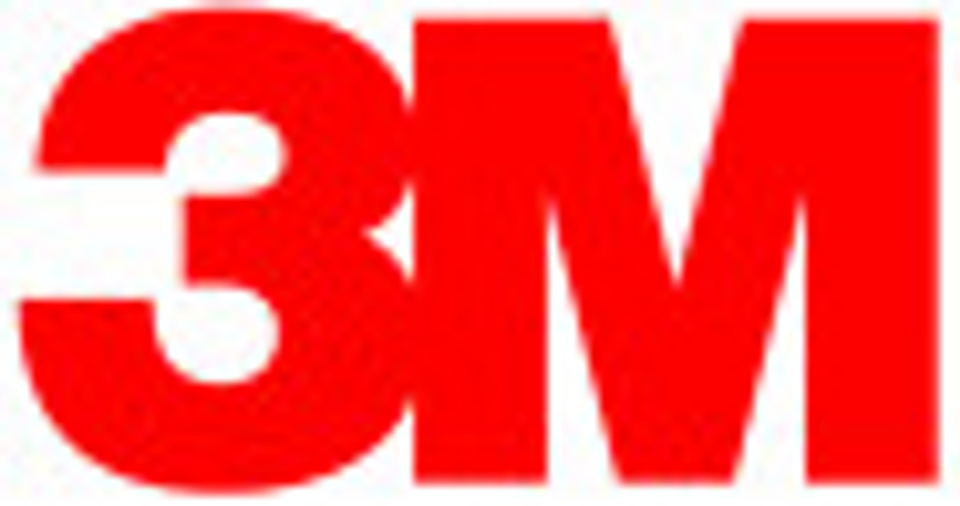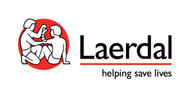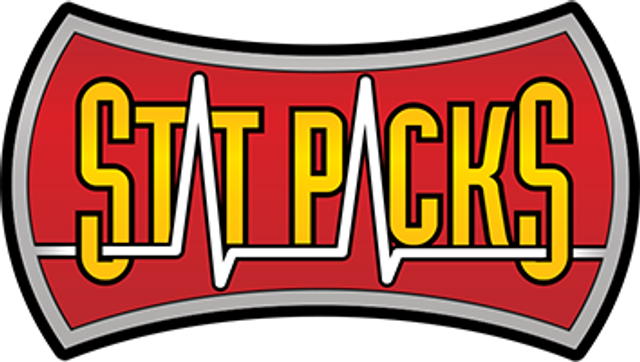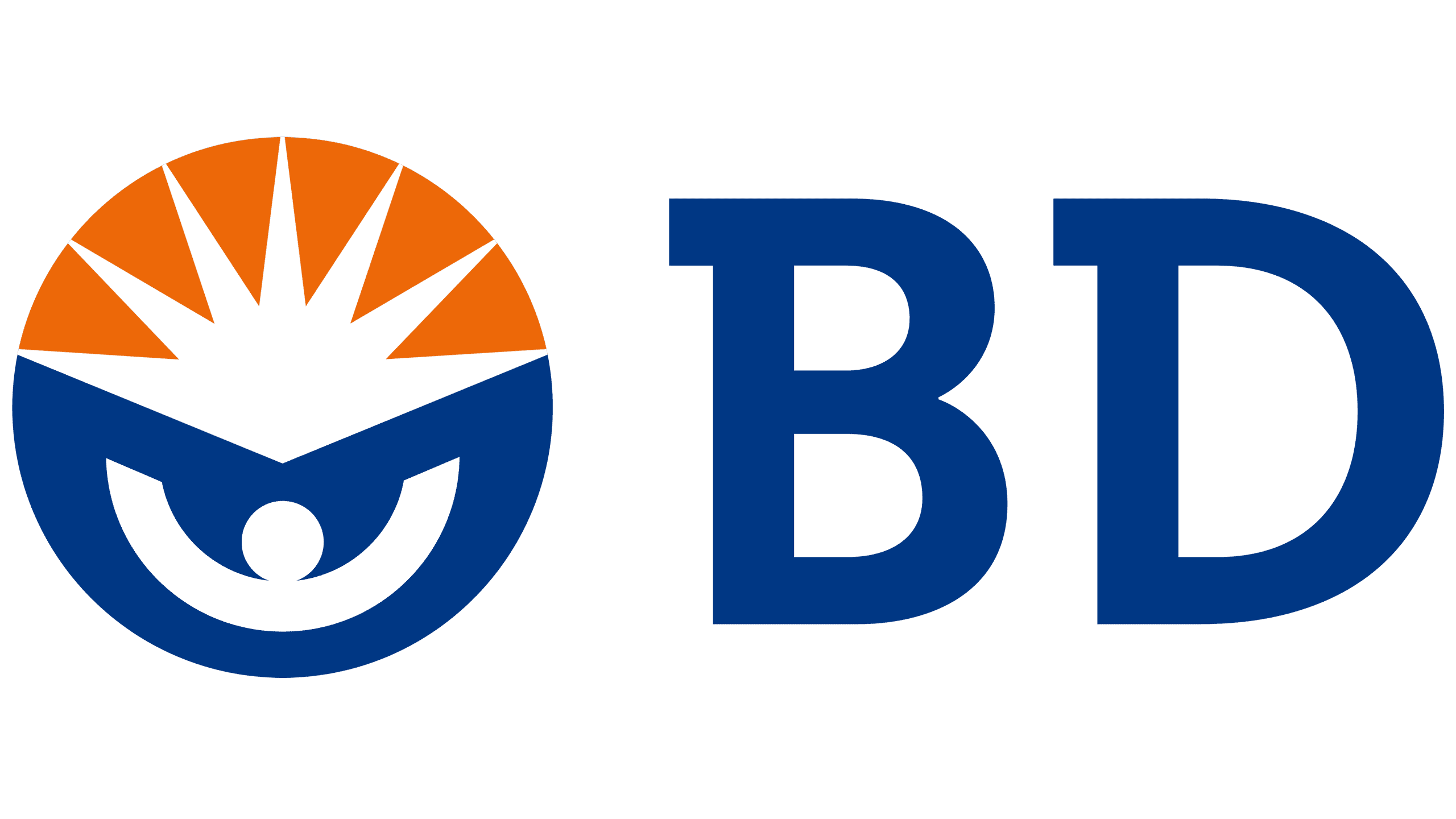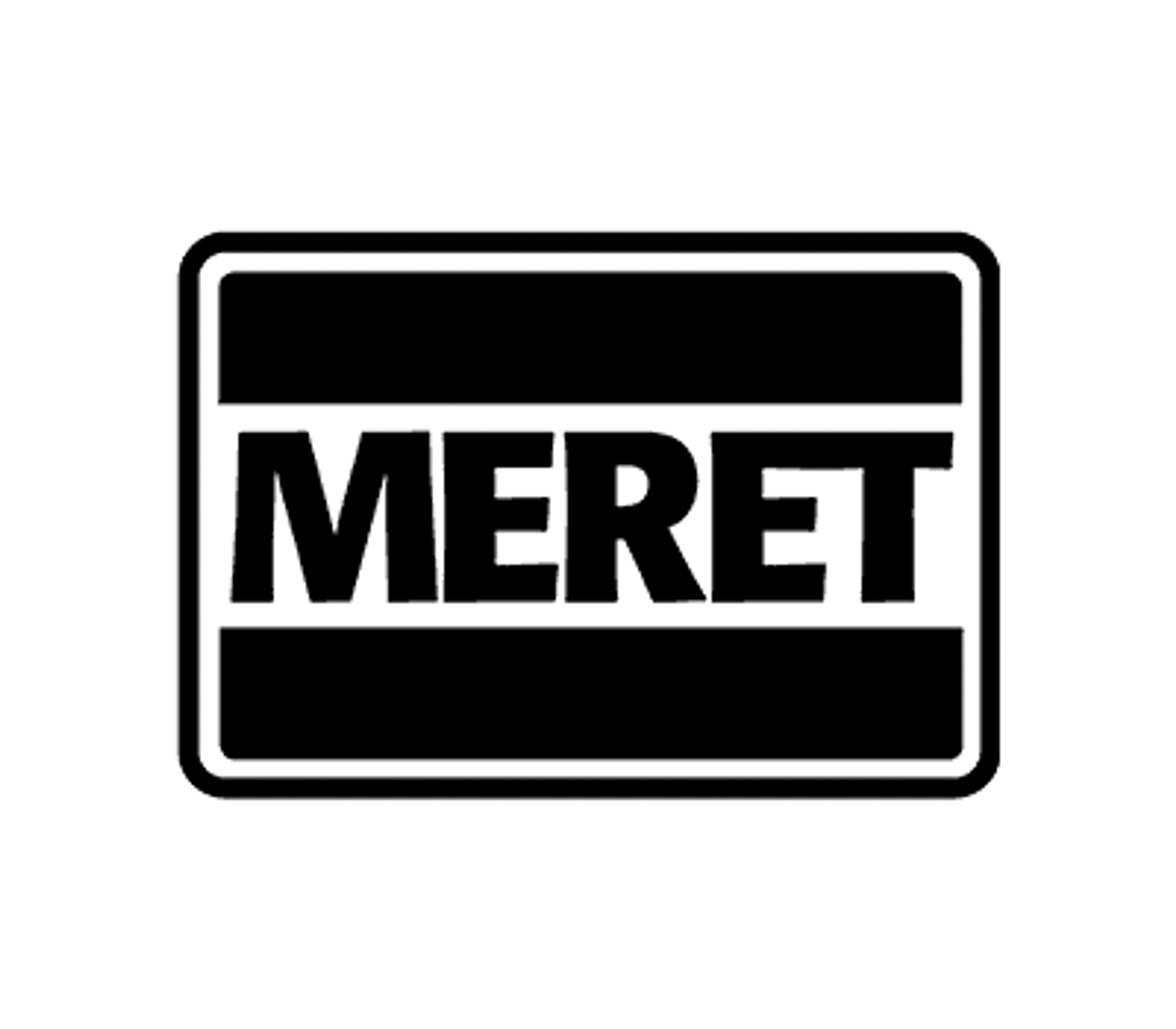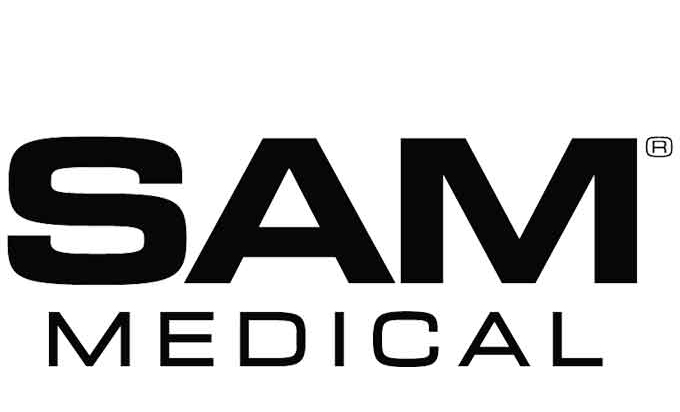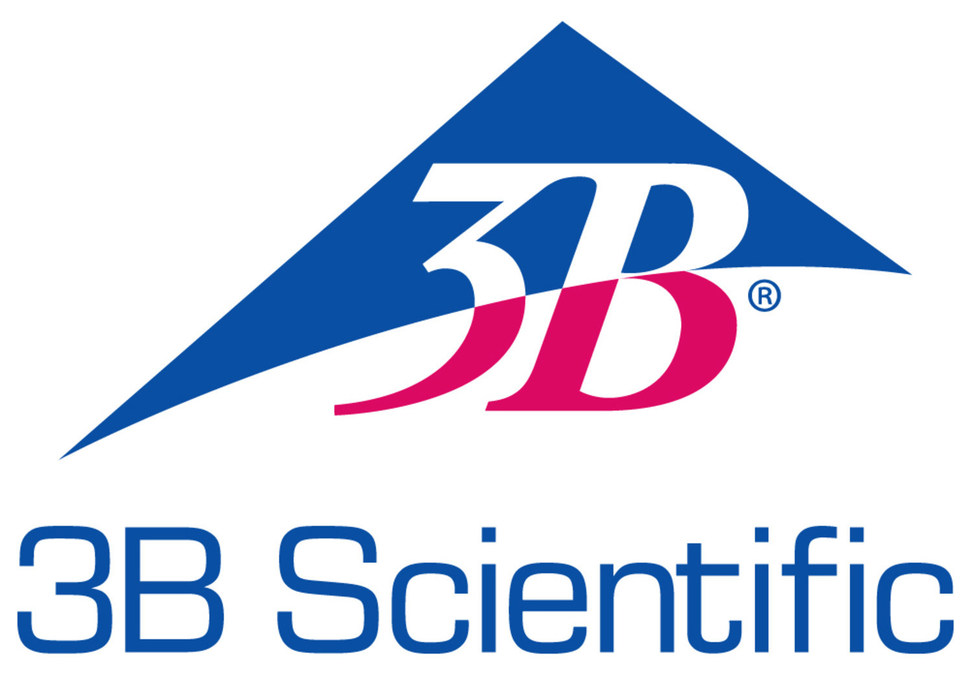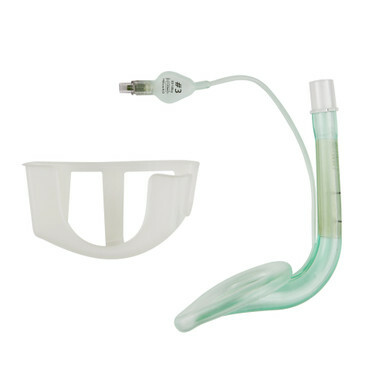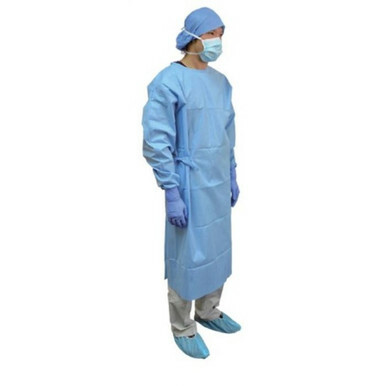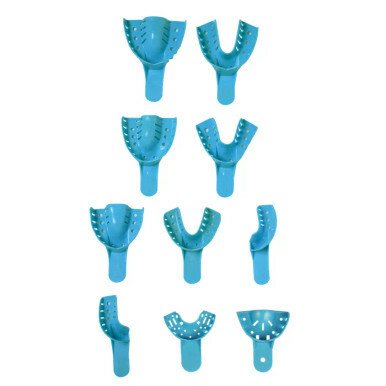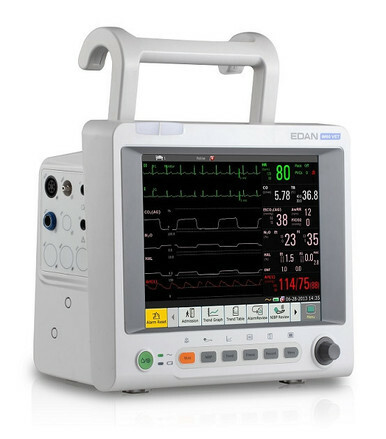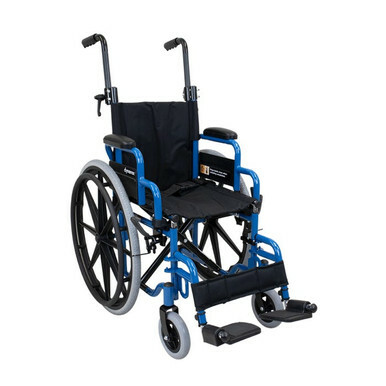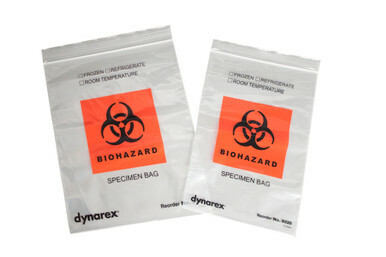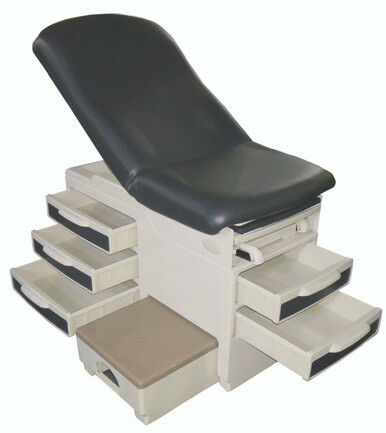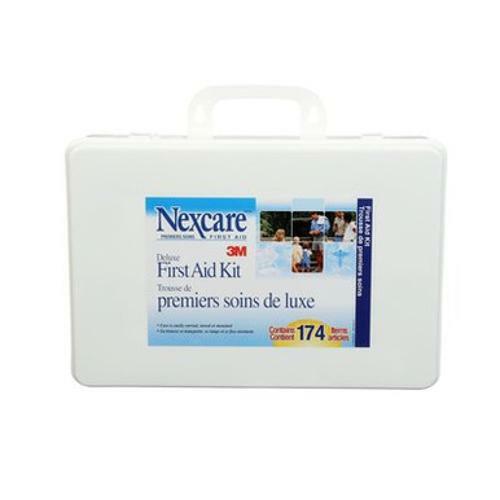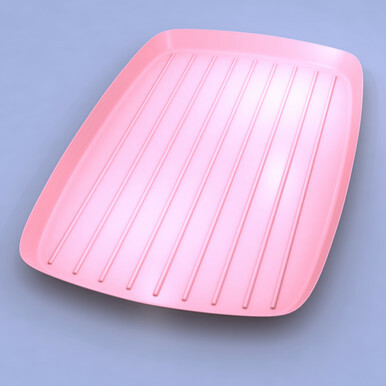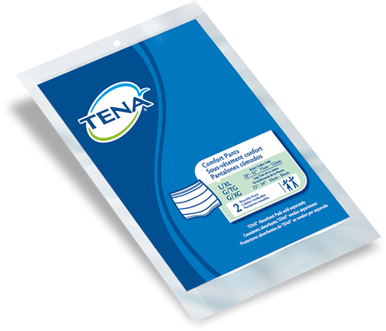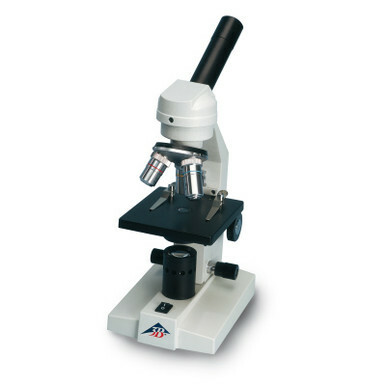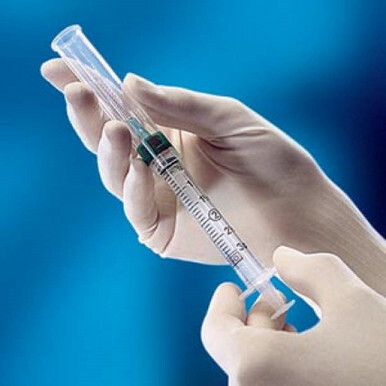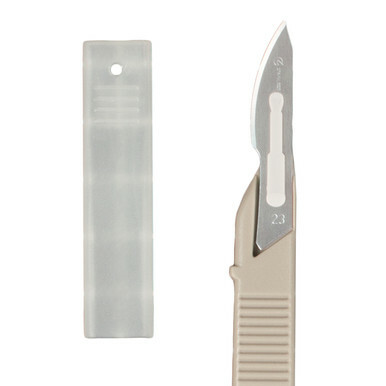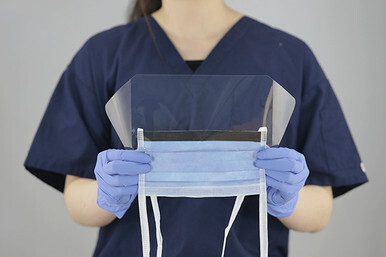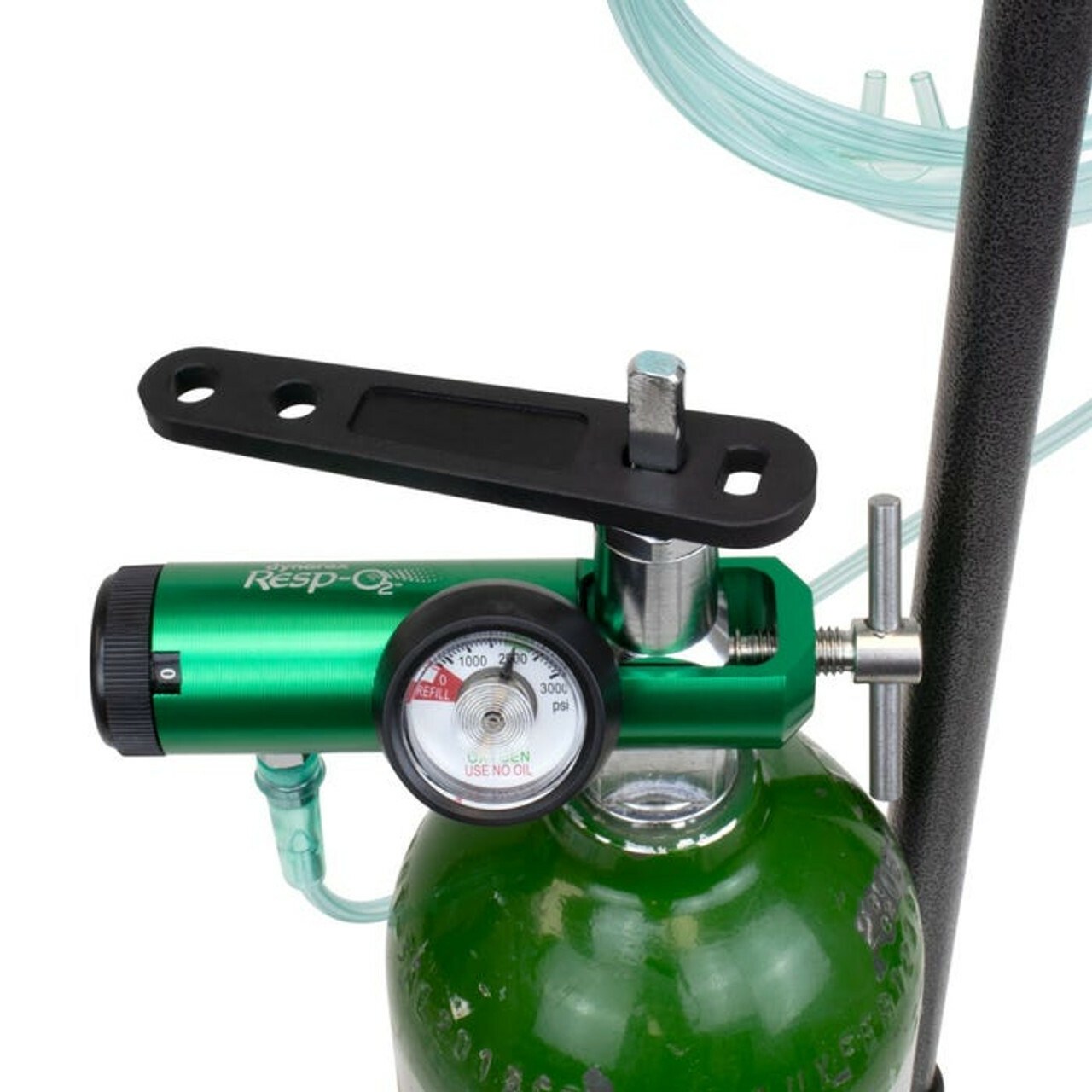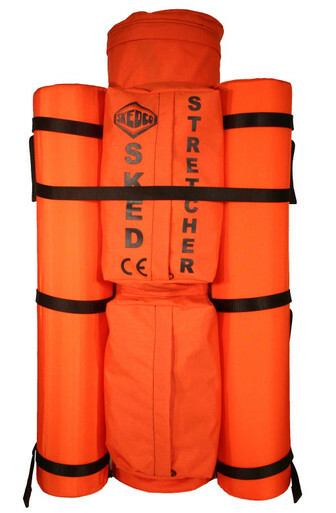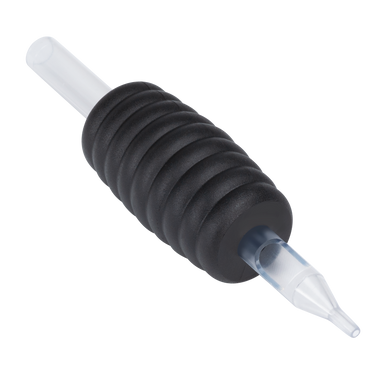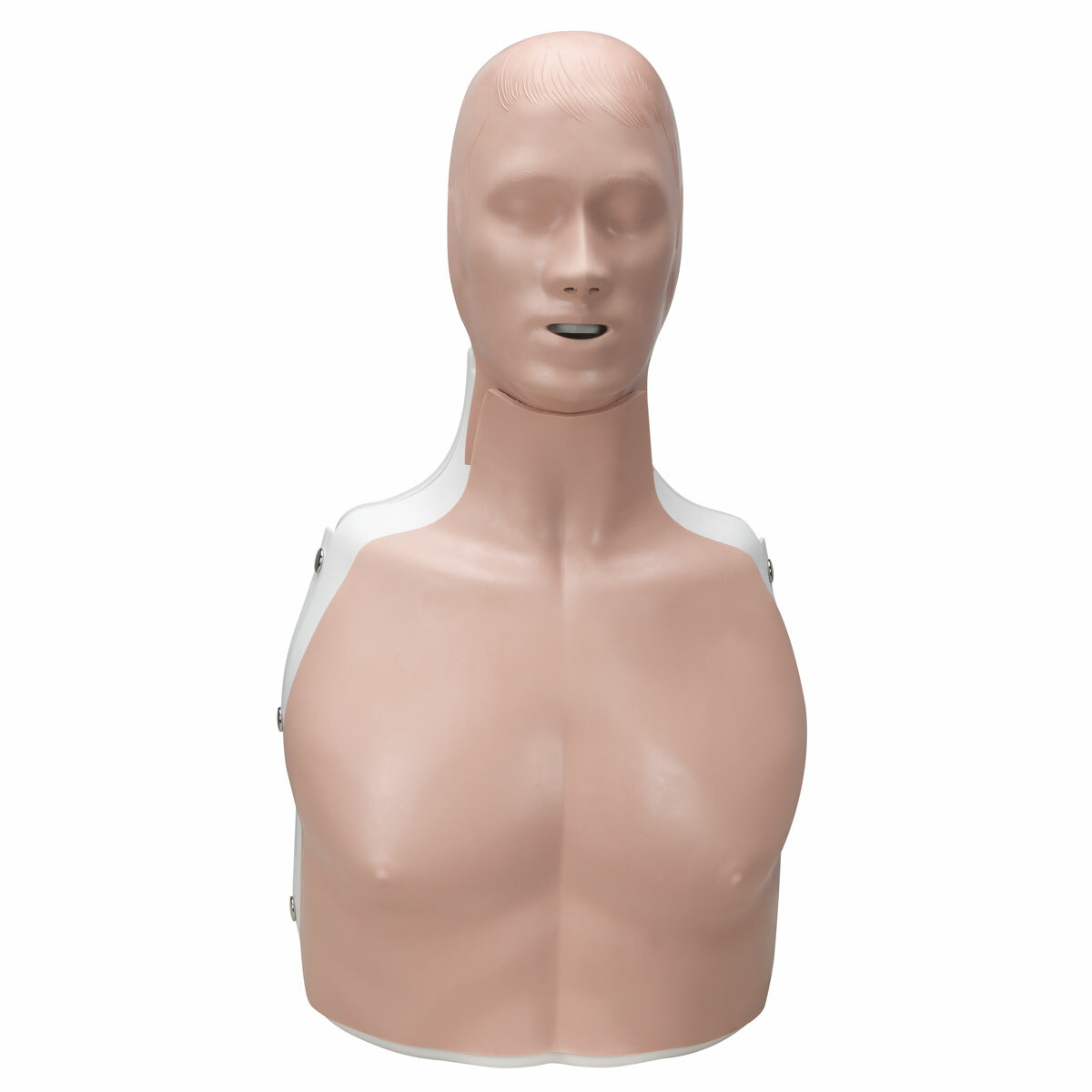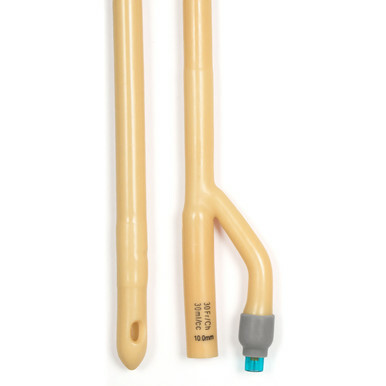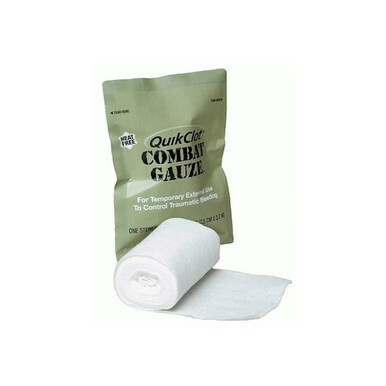Product details
Zoology: 1(f) Trypanosoma gambiense, causing sleeping disease, blood smear 2(f) Plasmodium berghei, malaria parasite, blood smear 3(d) Radiolaria, strewn slide of mixed species 4(d) Foraminifera, strewn slide of mixed species 5(d) Obelia hydroid, w.m. of colony with hydrants and gonothecae 6(d) Hydra, t.s. of body in different levels. Ectoderm, entoderm 7(c) Planaria, typical t.s. through the body 8(e) Apis mellifica, honey bee, head with compound eyes and brain t.s. 9(d) Apis mellifica, abdomen of worker t.s., with intestine and nephridia 10(e) Ctenocephalus canis, dog flea, adult w.m. 11(d) Dermanyssus gallinae, chicken mite, adult w.m. 12(d) Helix pomatia, snail, hermaphrodite gland (ovotestis), t.s. with developing ova and spermatozoa 13(d) Mya arenaria, clam, gills t.s. and l.s. showing ciliated epithelium 14(d) Branchiostoma lanceolatum (Amphioxus), typical t.s. of body with gills, liver, and gonads 15(c) Bird feathers, w.m. of two types: wing or vane and down feathers Embryology: 16(e) Salamandra larva, sections from selected material showing mitotic stages in skin and other organs 17(f) Chicken embryo, 48 hour, t.s. with neural tube and chorda.
Histology of Man and Mammals: 18(d) Ovary of cat, t.s. with primary, secondary, and Graafian follicles 19(d) Testis of mouse, t.s. showing spermatogenesis in all stages 20(d) Cerebellum of cat, t.s. shows Purkinje cells 21(c) Spinal cord of cat, t.s. showing white and grey matter, nerve cells 22(d) Kidney of cat, t.s. through cortex and medulla 23(d) Retina of cat, t.s. for detail of rods and cones 24(e) Tongue of rabbit, t.s. of papilla foliata with abundant taste buds Botany.
Bacteria: 25(d) Bacillus subtilis, hay bacillus, smear with bacilli and spores 26(d) Streptococcus lactis, milk souring organisms, smear showing chains.
Cryptogams: 27(e) Volvox, with daughter colonies and sexual stages, w.m. 28(d) Fucus vesiculosus, brown alga, female conceptacle with oogonia t.s. 29(d) Fucus vesiculosus, male conceptacle with antheridia t.s. 30(c) Cladophora, green alga, branched filaments with multinucleate cells 31(c) Claviceps purpurea, ergot, sclerotium t.s. 32(d) Puccinia graminis, wheat rust, uredinia on wheat leaf t.s. 33(d) Puccinia graminis, aecidia and pycnidia on barberry leaf t.s. 34(b) Saccharomyces, yeast, budding cells w.m. 35(d) Physcia, foliose lichen, thallus with symbiotic algae t.s. 36(e) Fern prothallium, w.m. showing sex organs 37(d) Equisetum, horse tail, strobilus with spores l.s. Botany.
Phanerogams: 38(d) Lupinus, lupin, root nodules with symbiotic bacteria t.s. 39(c) Euphorbia, spurge, stem with lactiferous ducts l.s. 40(d) Pinus, pine, three sections of wood: transverse, radial, tangential 41(d) Tilia, lime, three sections of wood: transverse, radial, tangential 42(d) Elodea, waterweed, aquatic stem with primitive bundle t.s. 43(d) Cucurbita, pumpkin, stem t.s. showing bicollateral bundles and sieve plates 44(d) Fagus, beech, sun and shade leaves, two t.s. for comparison 45(c) Nerium, oleander, xerophytic leaf with sunken stomata, t.s. 46(d) Pinus, pine, male cone with pollen l.s. 47(d) Pinus, female cone with ovules l.s. 48(b) Pinus, mature pollen grains with wings w.m. 49(f) Lilium, lily, t.s. of very young anthers showing meiotic stages of the pollen mother cells 50(d) Taraxacum, dandelion, composite flower l.s.
| Weight | 0.45 kg |
| Brand | LIEDER |
The School Set C (Supplement for A and B) – Slides expands on the foundational biology collections of Sets A and B, offering additional high-quality prepared slides for broader scientific exploration. This supplementary set includes a variety of plant, animal, and cellular specimens, allowing students to deepen their understanding of microscopic anatomy, physiology, and biological diversity.
Ideal for teaching general biology, life sciences, and natural science, this set enhances classroom learning with clear, durable specimens designed for repeated observation and instruction. When combined with Sets A and B, it forms a comprehensive teaching series that supports progressive study from basic to advanced biological topics.

